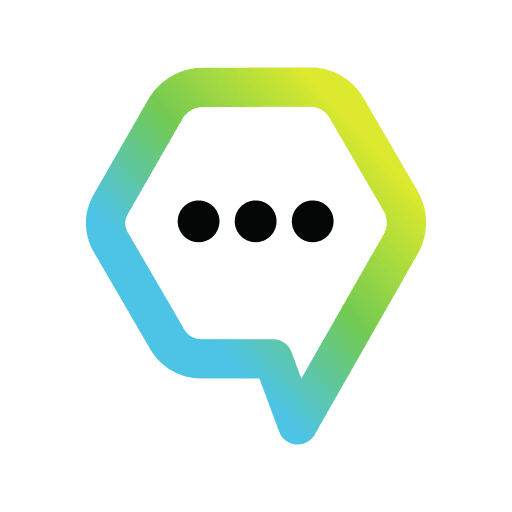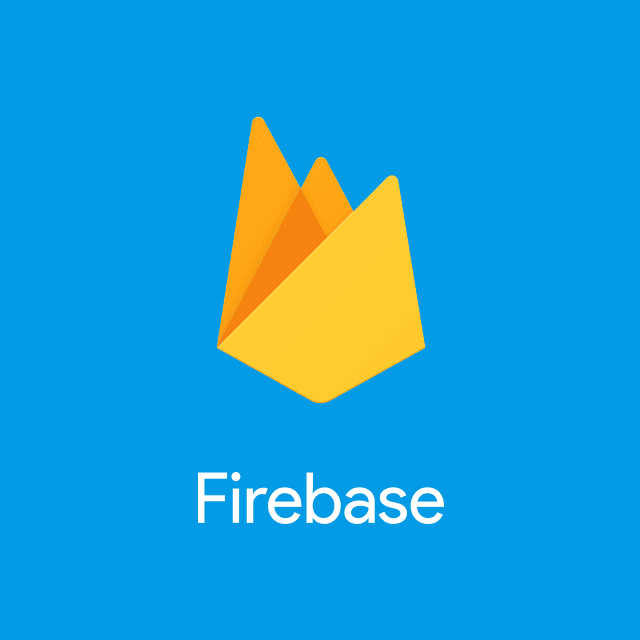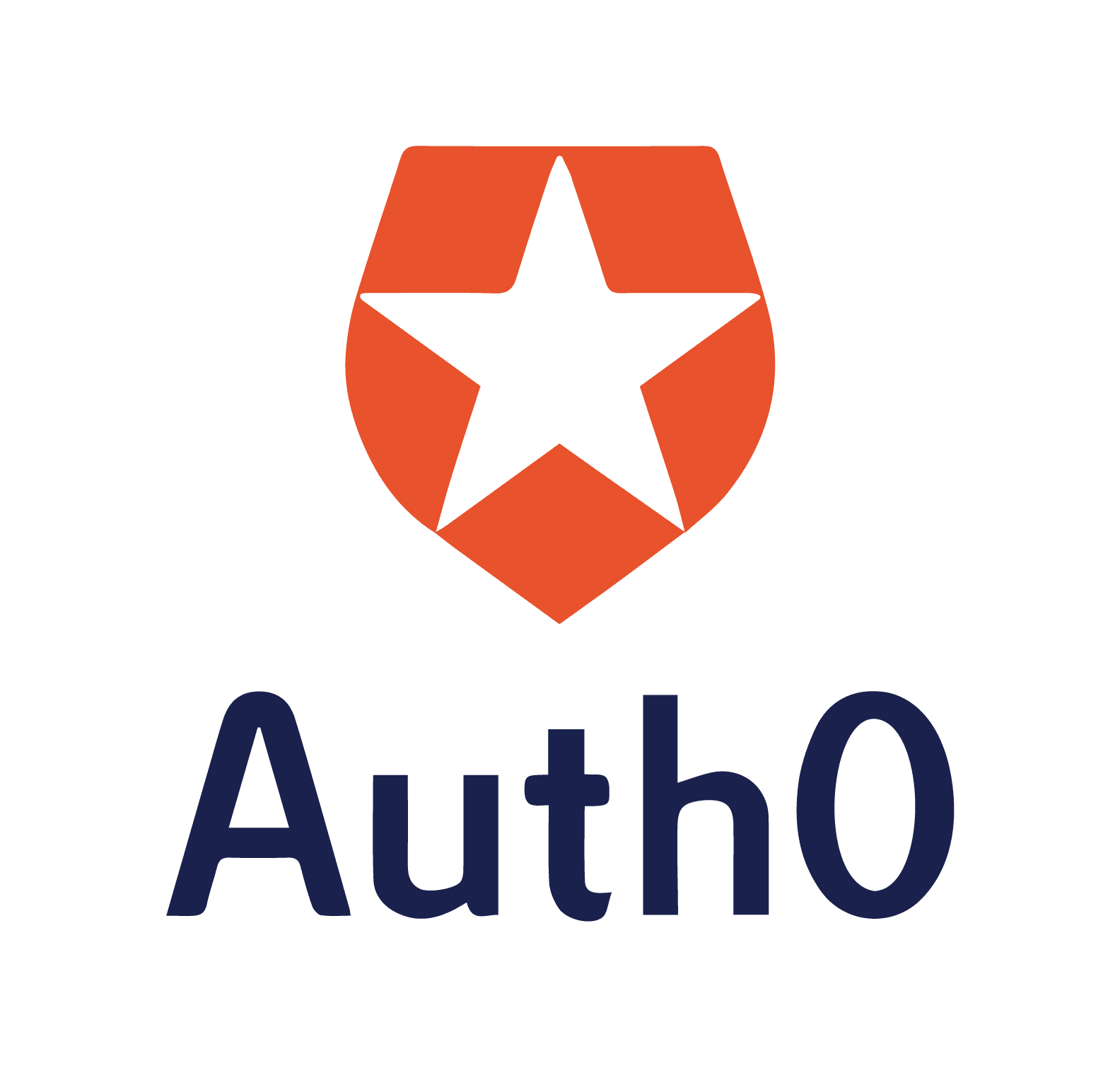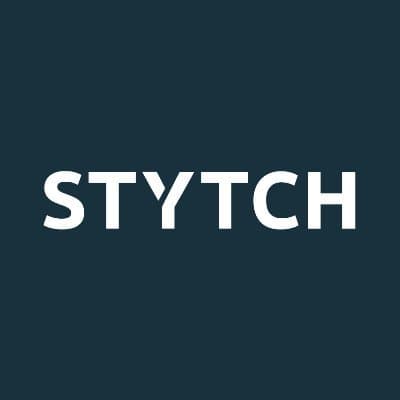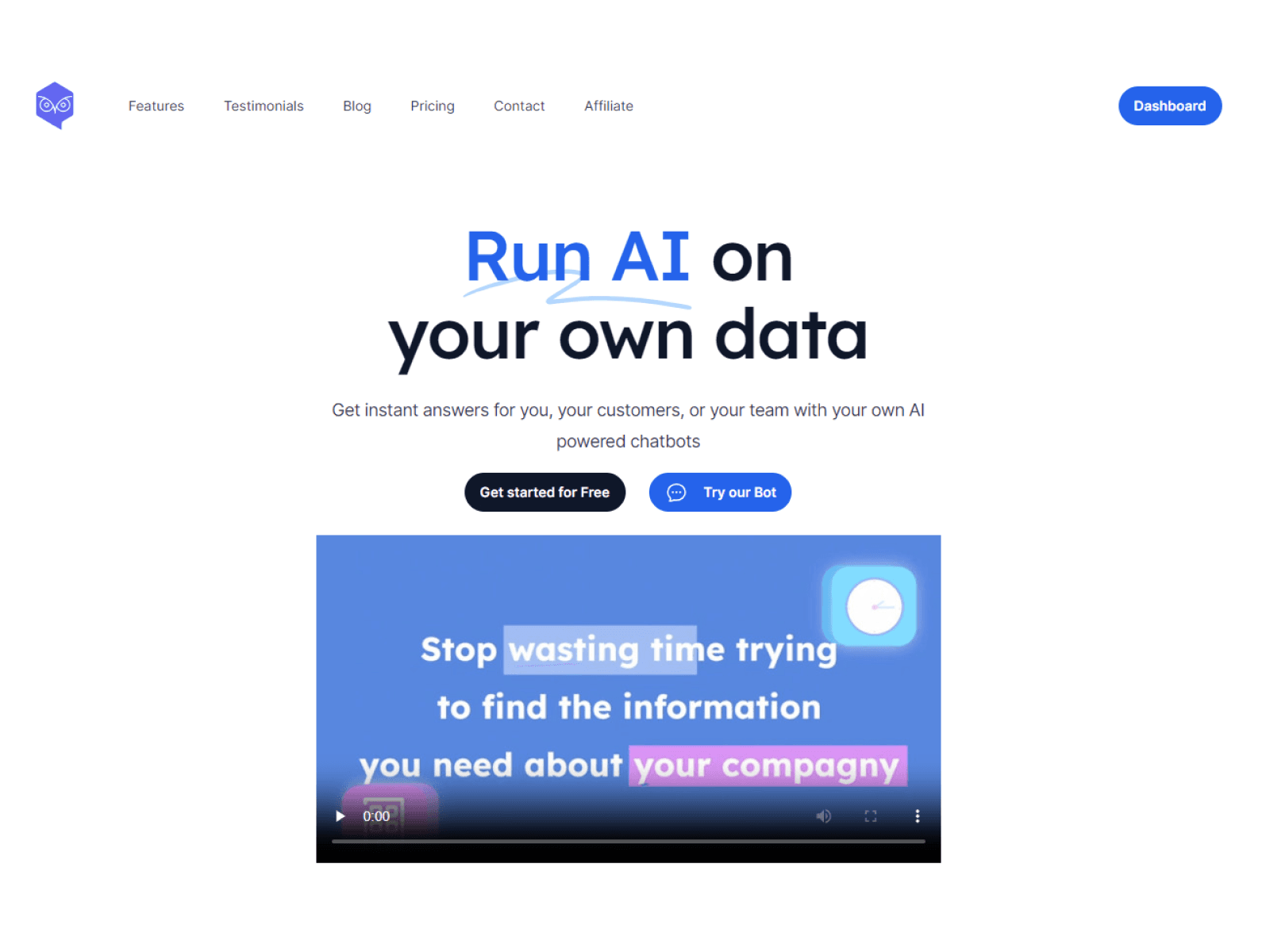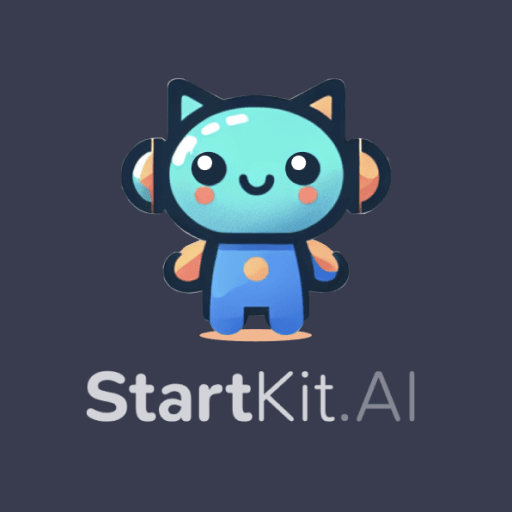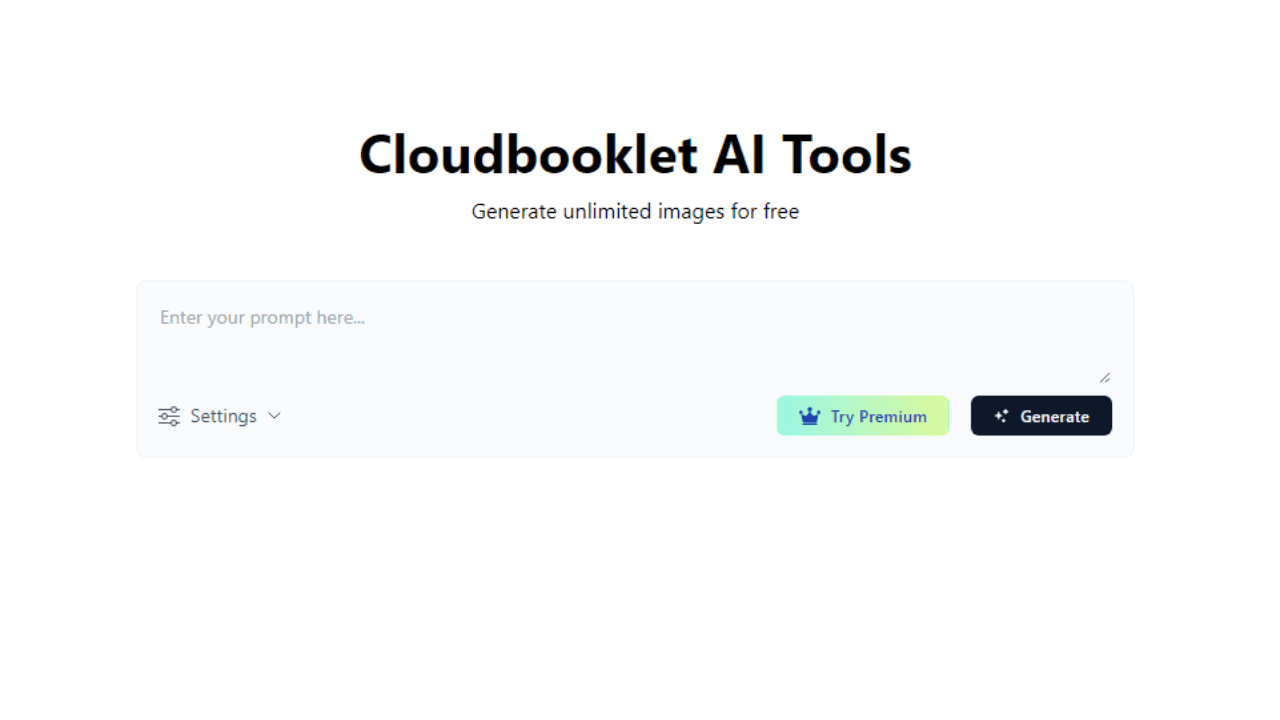Auth.js vs. Hexabot
Auth.js
Formerly known as NextAuth. It's is an open-source authentication library originally built for NextJS. Auth.js is free to use and comes with over 80 integrations for various third-party identity providers such as Google, Facebook, Auth0, Apple etc. You can use it with your own database if you choose to. It works with MySQL, Postgres, MSSQL and MongoDB. Auth.js is compatible with Next.js, SvelteKit and SolidStart as of March 2024.
Hexabot
Hexabot is an open-source AI chatbot and agent solution that allows users to create and manage multi-channel, multilingual AI-powered chatbots with ease. Designed for flexibility and customization, Hexabot offers powerful text-to-action capabilities, enabling developers and businesses to tailor their bots to meet specific needs. Built by the community for the community, Hexabot empowers individuals and organizations to create innovative, interactive agents and democratizes access to AI technology.
Reviews
Reviews
| Item | Votes | Upvote |
|---|---|---|
| No pros yet, would you like to add one? | ||
| Item | Votes | Upvote |
|---|---|---|
| No cons yet, would you like to add one? | ||
| Item | Votes | Upvote |
|---|---|---|
| Multi-Channel Support | 1 | |
| Visual Editor | 1 | |
| Plugin System | 1 | |
| LLMs & NLU Management | 1 | |
| Multi-Lingual Support | 1 | |
| Knowledge Base Integration | 1 |
| Item | Votes | Upvote |
|---|---|---|
| No cons yet, would you like to add one? | ||
Frequently Asked Questions
Auth.js is primarily an authentication library designed for integrating various identity providers into applications, while Hexabot is specifically focused on creating and managing AI chatbots. If your goal is to build a chatbot with multi-channel and multilingual capabilities, Hexabot would be the better choice due to its specialized features like a visual editor and plugin system. However, if you need to implement authentication for your chatbot, you might consider using Auth.js in conjunction with Hexabot.
Hexabot offers extensive customization options specifically for chatbot development, including a visual editor and a plugin system that allows for tailored functionalities. In contrast, Auth.js provides customization primarily related to authentication processes and integrations with identity providers. Therefore, for chatbot-related customization, Hexabot is the superior option.
Yes, Auth.js and Hexabot can be used together. Auth.js can handle user authentication, while Hexabot can manage the chatbot functionalities. This combination allows you to create a secure chatbot application where users can authenticate before interacting with the bot.
Hexabot is more suitable for developers looking to create AI-powered chatbots. It is specifically designed for building chatbots with features like multi-channel support, multilingual capabilities, and a visual editor. Auth.js, on the other hand, is focused on authentication and does not provide the tools necessary for chatbot development.
Auth.js, formerly known as NextAuth, is an open-source authentication library originally built for NextJS. It is free to use and offers over 80 integrations for various third-party identity providers such as Google, Facebook, Auth0, and Apple. Auth.js can also be used with your own database, supporting MySQL, Postgres, MSSQL, and MongoDB.
As of March 2024, Auth.js is compatible with Next.js, SvelteKit, and SolidStart.
Yes, you can use Auth.js with your own database. It supports MySQL, Postgres, MSSQL, and MongoDB.
Auth.js offers a variety of features including over 80 integrations with third-party identity providers like Google, Facebook, Auth0, and Apple. It is also compatible with multiple platforms such as Next.js, SvelteKit, and SolidStart, and supports various databases including MySQL, Postgres, MSSQL, and MongoDB.
Hexabot is an open-source AI chatbot and agent solution designed to allow users to create and manage multi-channel, multilingual AI-powered chatbots with ease. It offers flexibility and customization, enabling developers and businesses to tailor their bots to meet specific needs. Hexabot is built by the community for the community, empowering individuals and organizations to create innovative, interactive agents and democratizing access to AI technology.
The pros of Hexabot include Multi-Channel Support, Visual Editor, Plugin System, LLMs & NLU Management, Multi-Lingual Support, and Knowledge Base Integration. No specific cons have been provided, indicating that users may find it highly beneficial for their needs.
Hexabot offers a variety of features including Multi-Channel Support, a Visual Editor for easy bot creation, a Plugin System for extended functionality, LLMs & NLU Management for handling language models, Multi-Lingual Support for reaching a global audience, and Knowledge Base Integration to provide comprehensive user assistance.

